ABB TB807 3BSE008538R1 advanced terminator is set to bolster the reliability and performance of automation systems by providing a robust solution for Modulebus communication networks. Enhancing System Stability and Performance The TB807 Modulebus Terminator is engineered to improve the integrity of Modulebus networks by ensuring stable and reliable communication between devices. It plays a crucial role in maintaining signal quality and preventing data transmission errors, which is essential for the seamless operation of automation systems. Key Features and Benefits Reliable Communication: The TB807 Modulebus Terminator ensures high-quality signal transmission, which minimizes the risk of communication failures and system downtime. Robust Design: Built with durability in mind, the terminator is designed to withstand the rigors of industrial environments, ensuring long-term reliability and performance. Ease of Integration: The TB807 is compatible with ABB’s extensive range of automation products, making it a versatile choice for enhancing existing systems or integrating into new setups. Applications and Use Cases The TB807 Modulebus Terminator is ideal for a variety of applications where reliable communication is critical. It is particularly well-suited for use in complex automation systems where multiple devices are connected via Modulebus networks. By improving communication stability, the TB807 helps ensure that system operations run smoothly and efficiently. What are the typical applications for the TB807 Modulebus Terminator? It is ideal for applications where reliable Modulebus communication is crucial, such as in complex automation systems with multiple connected devices. What industrial environments is the TB807 suitable for? The terminator is built to withstand the demands of industrial environments, ensuring durability and long-term reliability. How do I install the TB807 Modulebus Terminator? Installation procedures are provided in the product’s technical documentation. It typically involves integrating the terminator into the Modulebus network to ensure proper signal management.
Read More
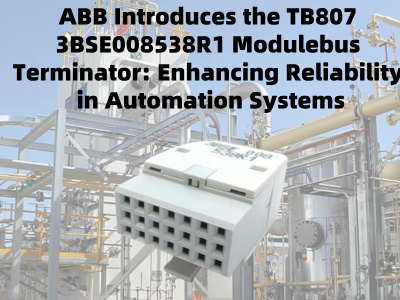
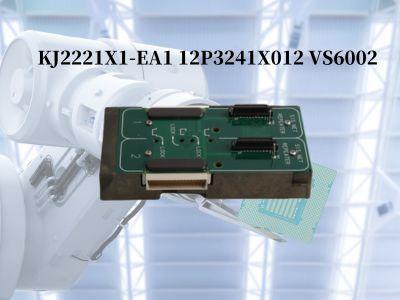
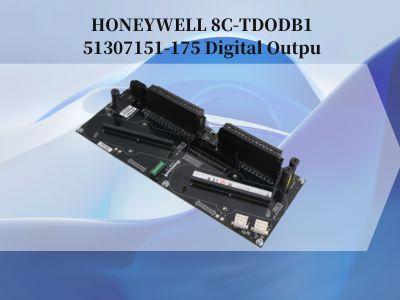
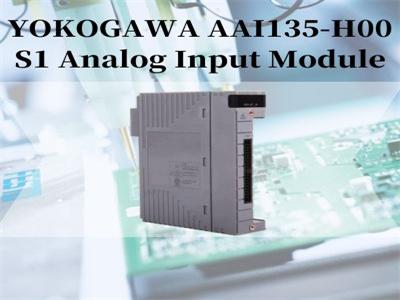
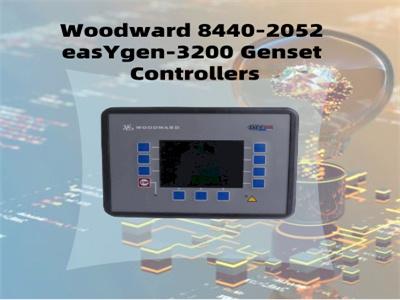
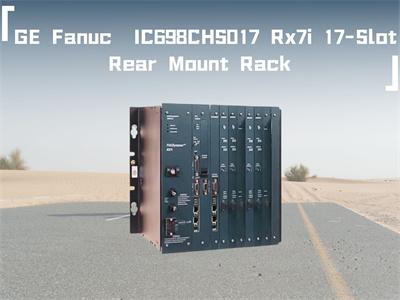
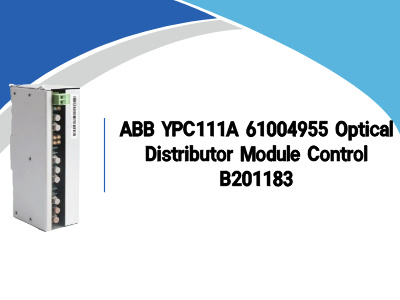
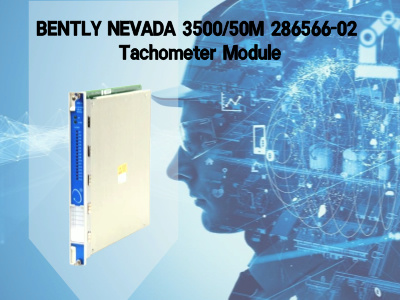
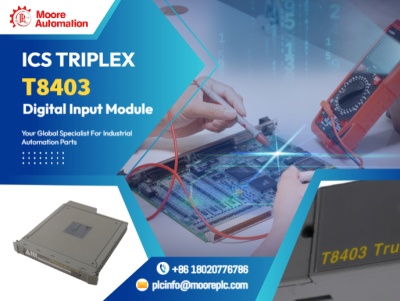

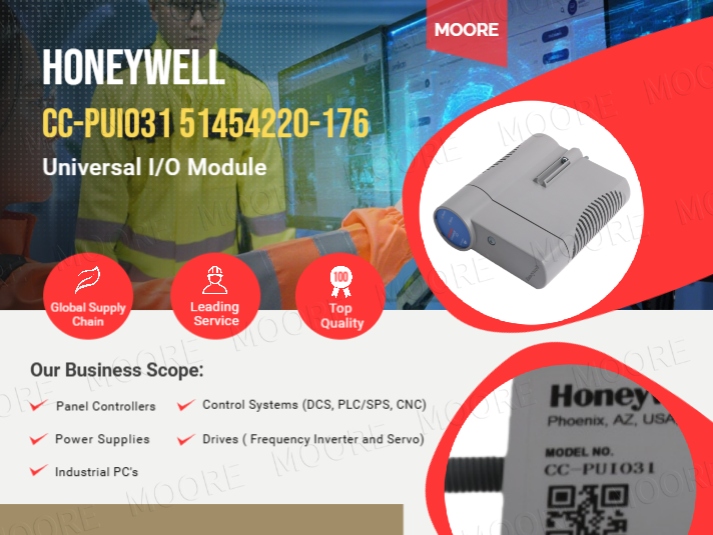
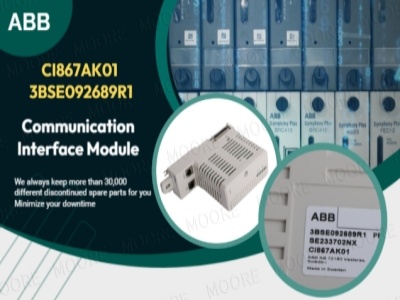
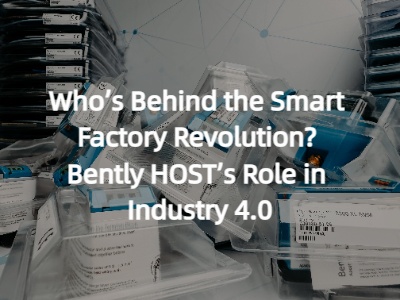











 IPv6 network supported
IPv6 network supported